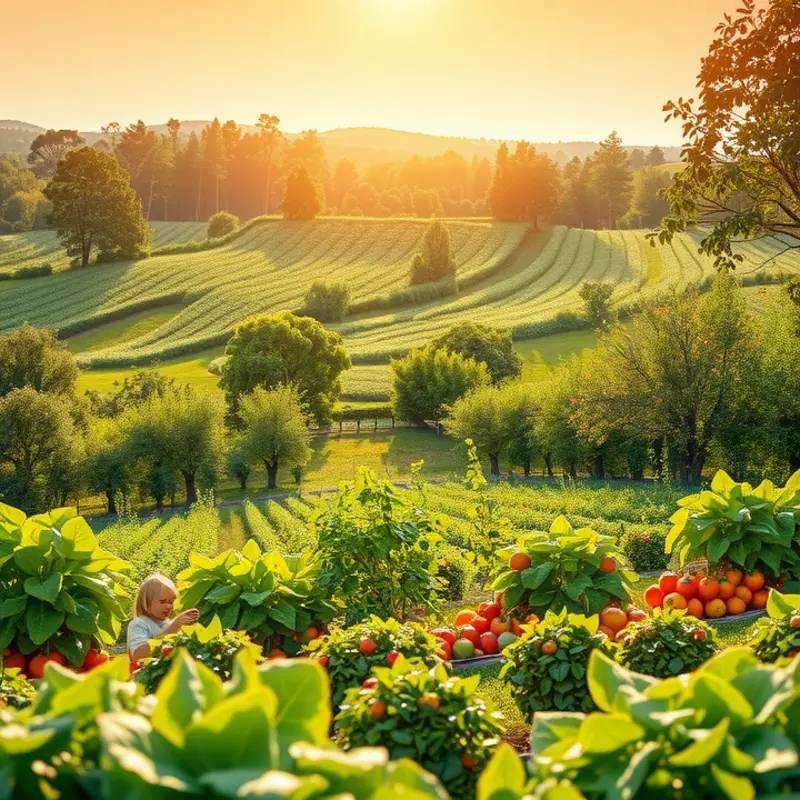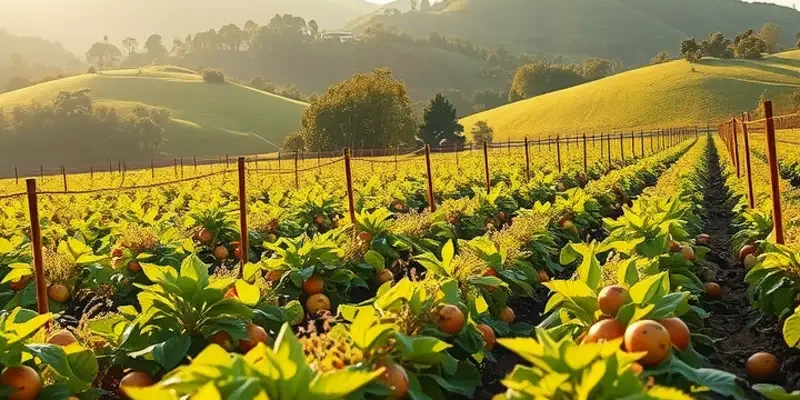Colors play a pivotal role in our perception and enjoyment of food, often inviting us to explore deeper cultural meanings and emotions behind traditional meals. From vibrant spices to lush vegetables, each hue tells a story, reflecting the heritage and customs of a community. As we journey through culinary landscapes, we uncover how color shapes our dining experiences, elevates flavors, and honors cultural roots.
The Language of Color in Cuisine

Color is as intrinsic to cuisine as flavor itself, painting plates and palates with visual and symbolic depth. Each hue brings with it a unique cultural interpretation, deeply woven into the narrative of food. Red, revered in Szechuan cuisine, is a vibrant embodiment of joy, luck, and prosperity. It’s no coincidence that dishes like mapo tofu and kung pao chicken flaunt a fiery red hue. This color is not just visually striking but psychologically evocative, urging diners to embrace exuberance and celebration.
Moving to the Mediterranean, the lush greens of dishes like tabbouleh or Greek salad speak to the theme of vitality and well-being. These hues are laden with a symbolic promise of health, rooted in the abundance of leafy greens, olives, and herbs fundamental to the region’s culinary identity. In these dishes, ingredients are cherished as much for their color as for their taste, selected to convey a message of purity and life.
In Indian cuisine, the golden tint of turmeric transforms meals like biryani or dal into vivid expressions of healing and sanctity. Yellow’s connection to the sacred manifests through its prominence in religious rituals and its reputation in Ayurveda as a symbol of health and immunity. This choice of color is far from arbitrary; it reflects a long-standing tradition of invoking spiritual and physical nourishment through flavor and presentation.
Japanese cuisine offers a more subtle palette, but one equally profound in its use of color. The spotlight here often falls on the unblemished white of rice, representing purity and simplicity. Complementing these are the delicate pinks of pickled ginger, a color associated with freshness and renewal. The composition and contrast of these colors are mindful, inviting a meditative experience where balance is key.
In Latin America, the earthy tones of corn, beans, and tomatoes reflect a grounded and authentic connection to the earth. These colors, rich and hearty, speak of sustenance and fertility, echoing the agricultural importance that underpins many traditional dishes. They remind us of food’s role as a cultivator of community and cultural continuity.
These cultural interpretations of color enhance our understanding and enjoyment of global cuisines. Food becomes a narrative, culinary influences that transcends taste. It is a sensory experience that awakens through color, flavor, and cultural memory, inviting us to explore beyond the surface and appreciate the deeper meanings translated onto our plates.
Meals that Bring Color to Life

The allure of global cuisines lies not just in their flavors, but in the vibrant colors that make each dish a visual feast. From the rich spices of the East to the earthy tones of North Africa, color plays a pivotal role in the cultural expression of traditional meals. In many cultures, the color of a dish signifies more than its aesthetic appeal; it carries historical and emotional significance, shaping communal and individual experiences.
In Moroccan cuisine, the tagine pot is synonymous with stimulated senses. The slow-cooked stew offers a feast of earthy browns and deep reds, courtesy of ingredients like prunes, saffron, and paprika. Each hue is a celebration of the country’s history of spice trade and its ability to infuse depth into its culinary heritage. Coupled with bright touches of green herbs like cilantro, the tagine’s presentation is both rustic and refined, embodying Morocco’s unique blend of modesty and opulence.
Contrast this with the Indian subcontinent, where turmeric and saffron lend their radiant yellows to an array of curries. These colors are not accidental; they symbolize prosperity and holiness. Yellow foods often accompany festive events and religious rituals, linking the plate to life’s joyous moments. The garnishing of these dishes is equally striking, often featuring fresh coriander or red chili, heightening the sensory experience through both sight and taste.
In the realm of Asian cuisine, consider the vivid presentation of sushi. Japan’s iconic dish thrives on contrast—whether it’s the deep pink of tuna, the creamy white of rice, or the vibrant green of wasabi. Each piece is meticulously crafted, honoring the aesthetics of balance and harmony cherished in Japanese culture. Sushi chefs ingeniously use color to guide taste, with pickled ginger and seaweed not only providing complementary shades but also enhancing the dish’s multi-layered flavors.
Mexican cuisine also provides a deeply colorful banquet. The bold colors of tomatoes, avocados, and chilies create a palette as dynamic as the country’s vibrant festivals. A traditional dish like mole poblano, which showcases a rich concoction of chocolate and chilies, reflects the complexity of Mexican history—conquest, and melding of Mesoamerican and European influences. These dishes often come alive with the addition of lime wedges and cilantro, transforming meals into celebrations of heritage and identity.
Such color-drenched cuisines emphasize the significance of presentation in meal preparation. The use of edible flowers, microgreens, and artistically sliced fruits and vegetables infuses plates with life, inviting diners into a multisensory experience. These artistic endeavors stem from a deep-rooted appreciation for the visual as part of the culinary journey, uniting the beauty of food with its flavor.
For those interested in bringing an aspect of international flavors into their own kitchen without explicit seasoning, exploring these flavor boosters without salt could provide new dimensions to home-cooked meals. By understanding and embracing the cultural and flavorful significance of color, one can truly appreciate how meals bring color to life, enriching not just the body but also the soul.
Final words
Colors in culinary traditions serve as more than mere aesthetics; they act as a bridge between culture, history, and emotion. Through vivid palates and well-thought-out presentations, traditional meals convey deeper meanings and foster connections among people. As you explore the world of global cuisines, let the colors guide your experience, transforming simple ingredients into a feast for the senses. In every hue lies a story waiting to be savored.








